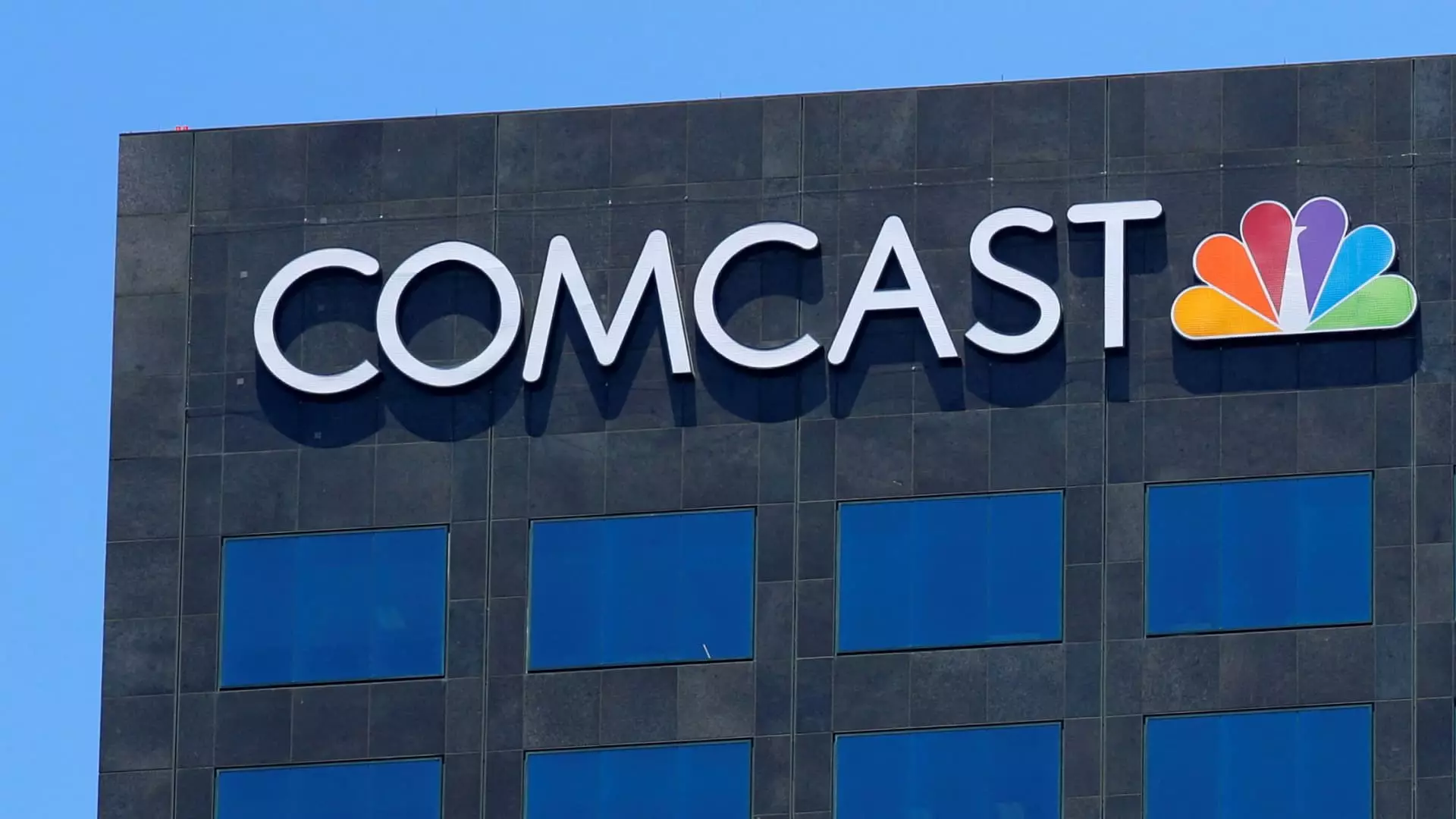In an ambitious move to reshape its business model and adapt to a rapidly changing media environment, Comcast has announced the spinoff of its cable network channels. This decision, rooted in the ongoing trend of “cord cutting” as viewers increasingly gravitate toward streaming services, signifies a substantial shift in the strategy of one of the largest media conglomerates in the world. As the company prepares for this transition, the implications for its operations, leadership, and future positioning within the market are noteworthy.
As the spinoff gains momentum, it has been revealed that Mark Lazarus, the current chairman of NBCUniversal’s media group, will spearhead the newly formed entity. This strategic choice points to Comcast’s intention to leverage experienced leadership to steer the newly independent organization through uncertain waters. Accompanying Lazarus will be Anand Kini, who will assume the roles of Chief Financial Officer and Chief Operating Officer. This leadership team is tasked with ensuring a seamless separation and operational success in the evolving media landscape.
Comcast’s Chairman and CEO, Brian Roberts, will retain a voting position in the new company, though he will step back from executive roles. This nuanced approach allows Roberts to influence the new entity without being directly involved in daily operations, thereby enabling him to focus on broader strategic initiatives within Comcast itself. Such a move could alleviate potential conflicts between the legacy business and the spinoff’s ongoing strategies.
The decision to spin off the cable networks arises amidst significant challenges in the traditional pay-TV sector. Increasingly, consumers are opting for more agile and affordable streaming options, a trend that has compelled established providers to rethink their offerings. The ramifications of cord-cutting are substantial; despite a 37% revenue increase for Comcast’s media segment in Q3—driven in part by the broadcasting of the Olympics—this growth is not sustainable unless a transformation occurs.
The new spinoff enables Comcast to explore potential mergers with other networks or even entertain offers from private equity firms, which could invigorate the portfolio of cable networks. By becoming a tax-free entity with a share structure mirroring that of its parent, Comcast sets the stage for an adaptable and lean operational framework, one that can pivot based on market responses and consumer preferences.
Indeed, as the industry shifts toward streaming, Comcast has proactively prioritized its platform, Peacock, aiming to bolster its competitive edge in the content delivery landscape. With more consumers tuning in online and traditional viewership on the decline, investing in streaming capabilities is no longer optional; it is essential for survival. By keeping some networks like Bravo under Comcast’s umbrella due to their relevance to Peacock’s content strategy, the company is making a concerted effort to weave traditional and modern distribution channels into a cohesive content strategy.
Despite the pressures from cord-cutting, traditional television networks are still significant revenue generators. It’s important to note that Comcast’s robust media revenue, swelling to $8.23 billion, reflects just how vital these networks remain, even as the landscape evolves. However, the company must navigate potential operational challenges in licensing agreements and contractual obligations post-spinoff. As discussions between networks like MSNBC, CNBC, and NBC News unfold, the complexities of fostering inter-network relations in a newly separated context cannot be overlooked.
Comcast’s strategic spinoff of its cable networks is more than a mere operational adjustment; it is a calculated response to shifting viewer habits and an evolution toward a future dominated by digital content consumption. By empowering experienced leadership and focusing on streaming integration, Comcast aims to position itself favorably in a competitive and unpredictable market. As this spinoff progresses over the coming year, stakeholders will undoubtedly be watching closely to gauge its impacts on both the newly formed entity and Comcast’s legacy operations. This transformative moment could redefine how Comcast navigates the complex waters of media in an increasingly fragmented landscape.


Leave a Reply